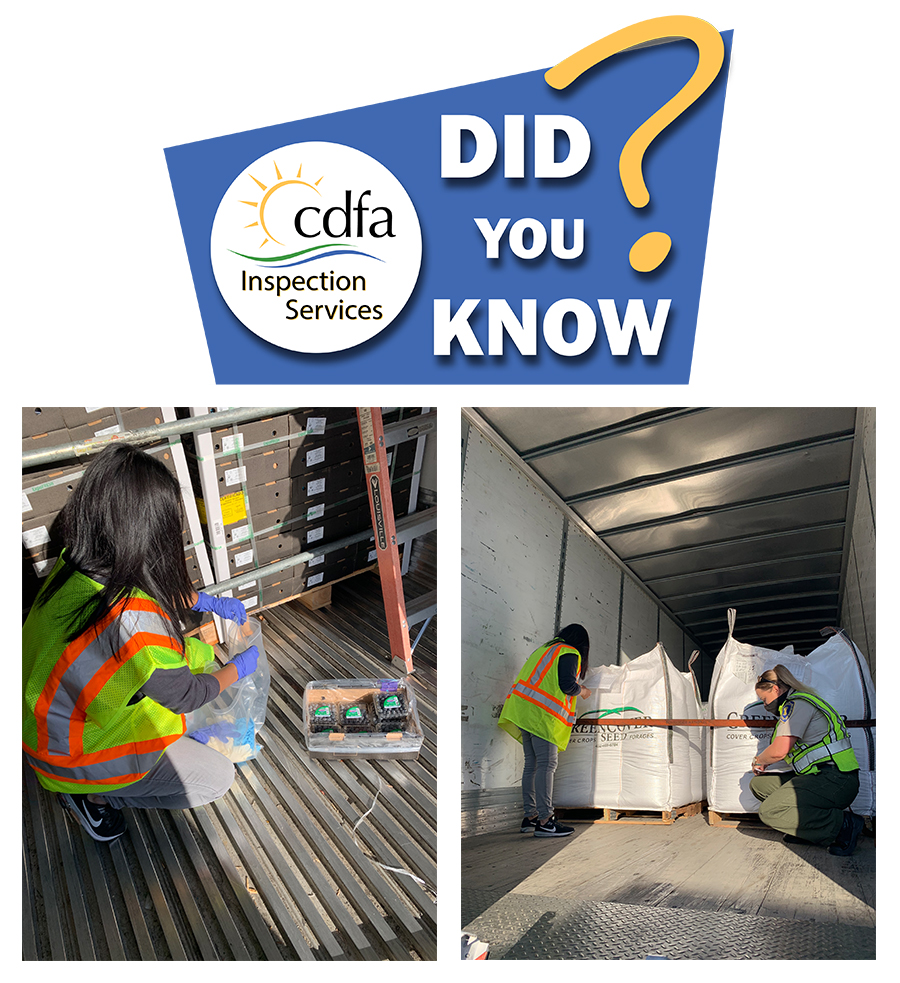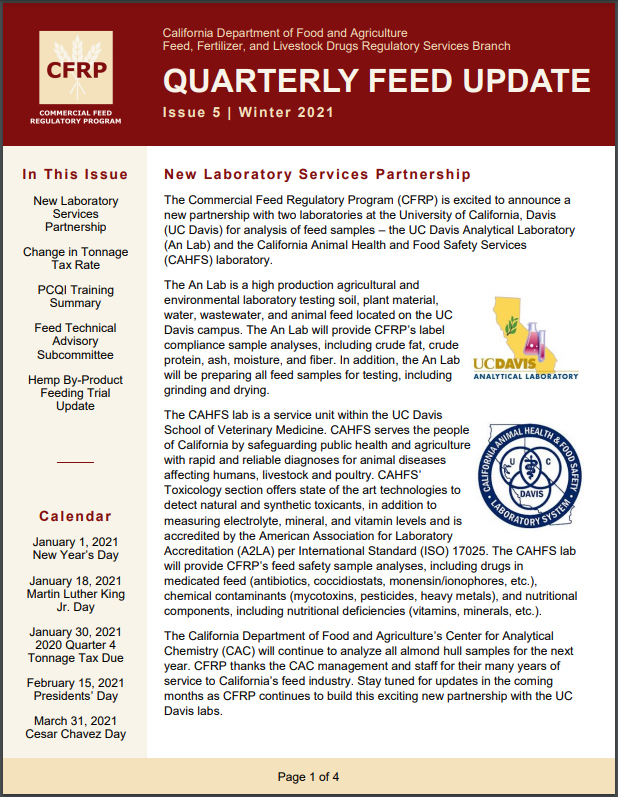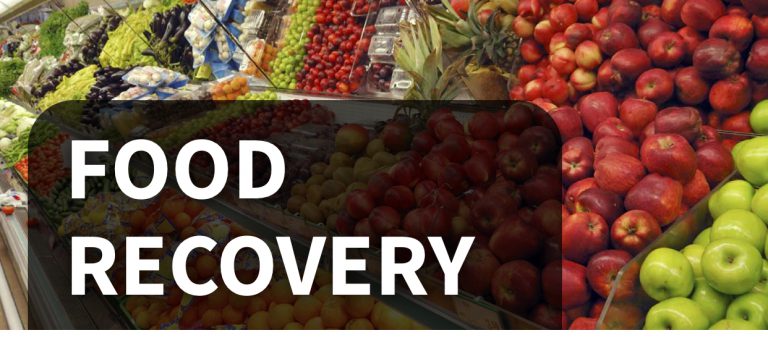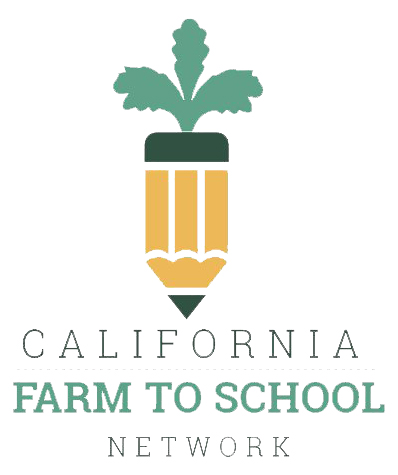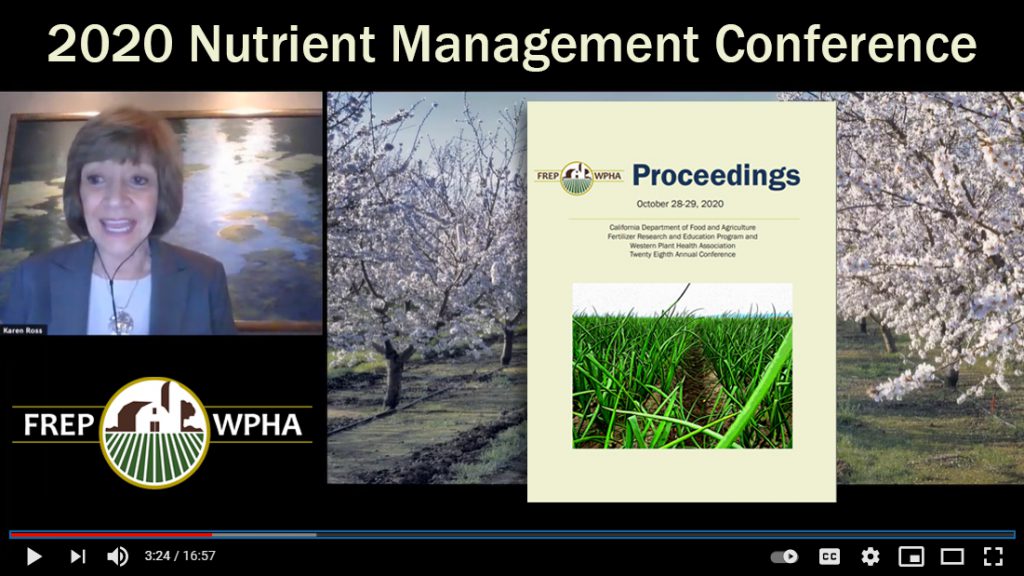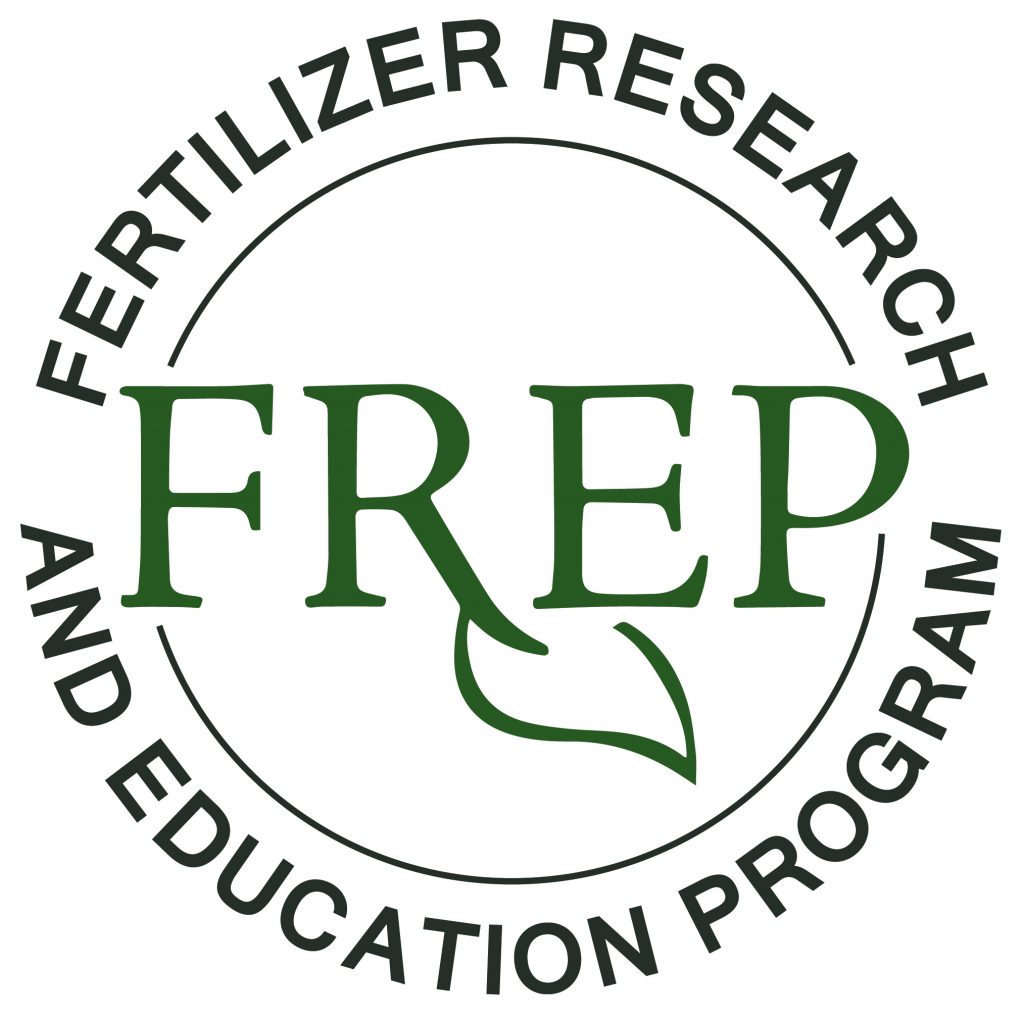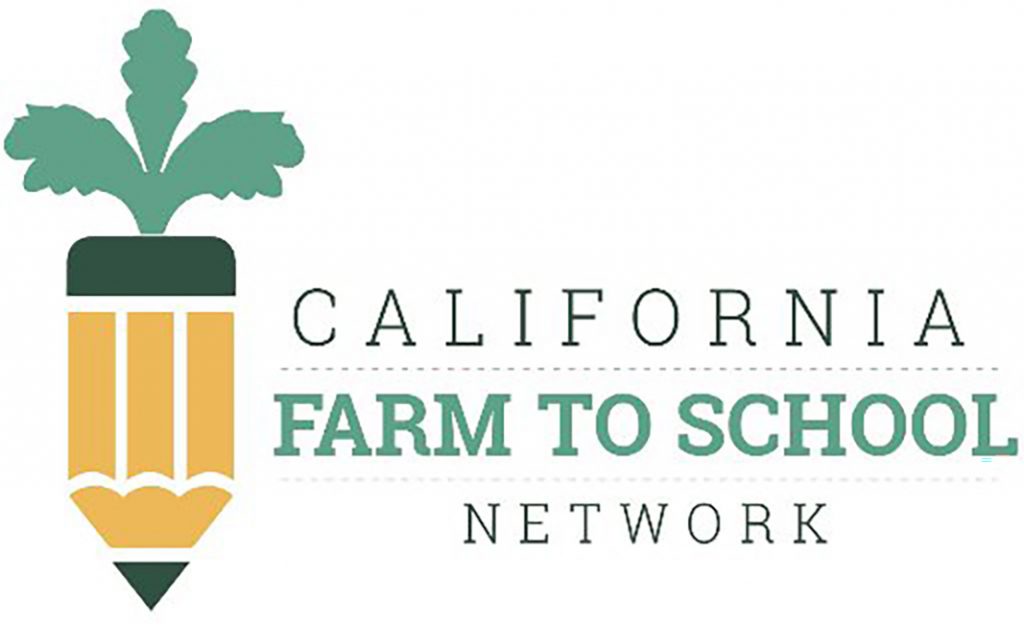
California Department of Food and Agriculture (CDFA) Produce Safety Program Manager Shelley Phillips is published in the March 2021 issue of Food Control as a co-author of “Survival of common foodborne pathogens on dried apricots made with and without sulfur dioxide treatment.”
Abstract
To fill the current knowledge gap in the survival of foodborne pathogens on dried fruits, this study monitored the survival of three common pathogens on dried apricots. Sun-dried apricots made with (DAS) and without sulfur dioxide (DANS) treatments were used and were inoculated using a dry (sand) or a wet (phosphate-buffered saline, PBS) carrier. The survival of Shiga-toxin-producing Escherichia coli (STEC), Salmonella spp. and Listeria monocytogenes (LM) on inoculated dried apricots was monitored for three months during ambient temperature storage. When dried apricots were inoculated with the wet carrier, all three pathogens survived the 48- hour drying period. After drying and during ambient temperature storage, the number of culturable pathogen cells decreased as the storage time increased. Among all three pathogens, STEC survived with higher culturable numbers for a longer period of time than the other two pathogens on DANS over the 90-day storage period. When pathogens were inoculated via the dry carrier, Salmonella survived with higher culturable numbers among three pathogens on DANS, indicating its enhanced survivability after being dried on sand and exposed to stress conditions before inoculation. In addition, regardless of the inoculation carriers, pathogens survived for longer periods of time or with higher levels on DANS, indicating the antimicrobial properties of free SO2 contained in DAS. In summary, based on the results of this study, pathogens can survive on dried fruits; factors affecting pathogen survival include the types of test pathogens, inoculation methods, and the use of sulfur dioxide.
Citation
Zhuosheng Liu, Chao Liao, Kayla Golson, Shelley Phillips, Luxin Wang. “Survival of common foodborne pathogens on dried apricots made with and without sulfur dioxide treatment,” Food Control, Volume 121, March 2021, http://www.sciencedirect.com/science/article/pii/S0956713520304850.



